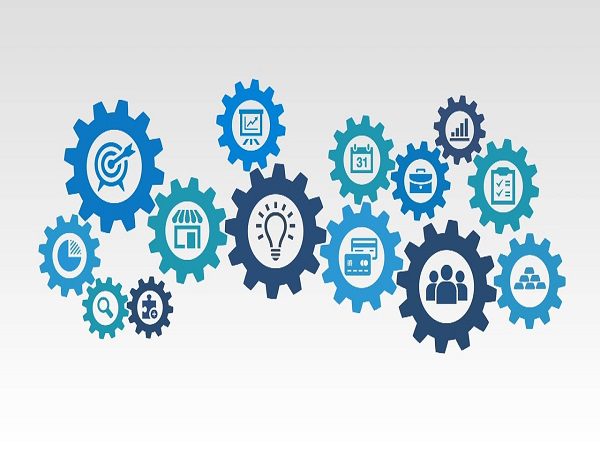Introduction
In the fast-paced world of modern business management, the reliance on advanced technologies and digital platforms is more significant than ever before. As companies embrace the benefits of streamlined operations and enhanced efficiency, the importance of cybersecurity cannot be overstated. In this article, we will delve into the cybersecurity essentials that every business management platform must incorporate to ensure a robust defense against evolving cyber threats.
Understanding the Landscape
Before delving into the specifics of cybersecurity essentials, it’s crucial to grasp the current cybersecurity landscape. Cyber threats have become increasingly sophisticated, ranging from phishing attacks and ransomware to data breaches. Modern business management platforms, housing sensitive data and critical operations, are prime targets for cybercriminals. Therefore, a proactive approach to cybersecurity is not only advisable but imperative for sustaining a secure business environment.
Robust Authentication and Access Controls
Securing access to your business management platform begins with implementing robust authentication and access controls. Multi-factor authentication (MFA) adds an extra layer of security by requiring users to verify their identity through multiple means, such as passwords, biometrics, or security tokens. Additionally, granular access controls ensure that employees have the appropriate level of access based on their roles, minimizing the risk of unauthorized access.
Regular Software Updates and Patch Management
Outdated software is a common entry point for cyber threats. Regularly updating and patching software is essential for closing vulnerabilities that could be exploited by cybercriminals. Automated patch management systems can streamline the process, ensuring that all software components are up-to-date and protected against known security flaws.
Data Encryption for Confidentiality
Data is a cornerstone of business management, and protecting it from unauthorized access is paramount. Implementing end-to-end encryption ensures that sensitive information remains confidential, even if intercepted by malicious actors. This cryptographic technique encodes data during transmission and storage, making it unreadable without the corresponding decryption key.
Employee Training and Awareness Programs
Human error remains a significant factor in cybersecurity breaches. Establishing comprehensive employee training and awareness programs is crucial for fostering a cybersecurity-conscious culture within the organization. Employees should be educated about common cyber threats, the importance of strong passwords, and how to identify phishing attempts. Regular training sessions and simulated phishing exercises can enhance employees’ ability to recognize and respond to potential threats.
Network Security Measures
Securing the network infrastructure is fundamental in safeguarding a business management platform. Firewalls, intrusion detection systems, and virtual private networks (VPNs) are essential components of network security. Firewalls act as a barrier between the internal network and external threats, while intrusion detection systems monitor and respond to suspicious activities. VPNs add an extra layer of encryption, especially when accessing the business management platform remotely.
Incident Response and Disaster Recovery Planning
No system is entirely immune to cyber threats. Having a robust incident response and disaster recovery plan in place is crucial for minimizing downtime and data loss in the event of a security breach. Regularly test and update these plans to ensure their effectiveness and relevance to the evolving threat landscape.
Continuous Monitoring and Threat Intelligence Integration
Proactive cybersecurity requires continuous monitoring of the business management platform. Implementing advanced security information and event management (SIEM) systems allows for real-time analysis of security alerts and incidents. Integration with threat intelligence feeds enables organizations to stay ahead of emerging threats by leveraging information on the latest tactics, techniques, and procedures employed by cybercriminals.
Vendor Security Assessments
Modern business management platforms often rely on third-party vendors for various services and integrations. Conducting thorough security assessments of these vendors is essential to ensure that they adhere to robust cybersecurity practices. Require vendors to demonstrate their commitment to security through certifications and compliance with industry standards.
Conclusion
In conclusion, the cybersecurity landscape is ever-evolving, and businesses must adapt to protect their digital assets. Implementing robust authentication measures, regular software updates, data encryption, employee training programs, network security measures, incident response plans, continuous monitoring, threat intelligence integration, and vendor security assessments are all essential components of a comprehensive cybersecurity strategy for modern business management platforms.
By prioritizing cybersecurity essentials, businesses can not only safeguard their operations and sensitive data but also foster a culture of security awareness among employees. As the digital landscape continues to evolve, a proactive approach to cybersecurity is not just a necessity but a strategic imperative for sustained success in the dynamic world of modern business management.



































